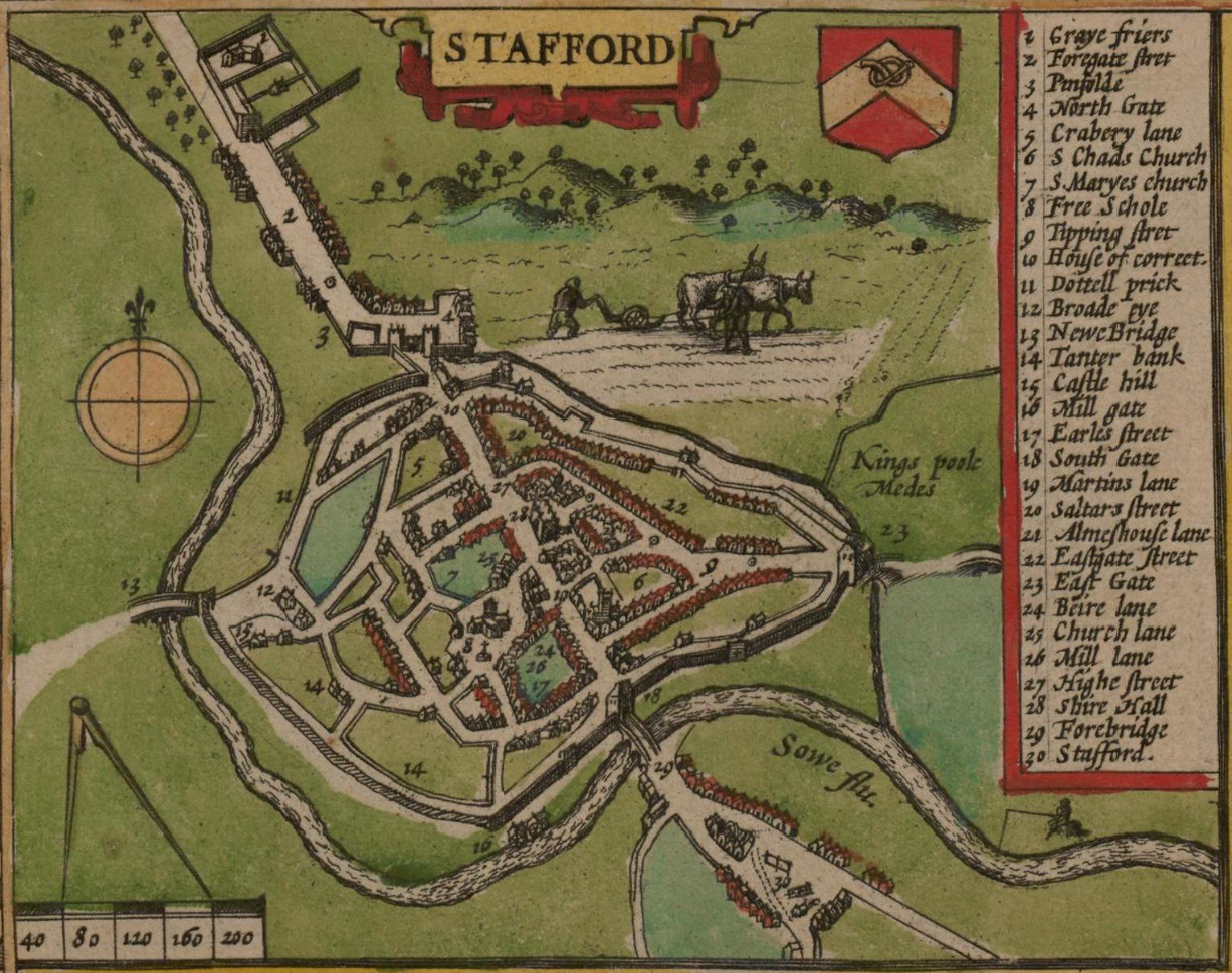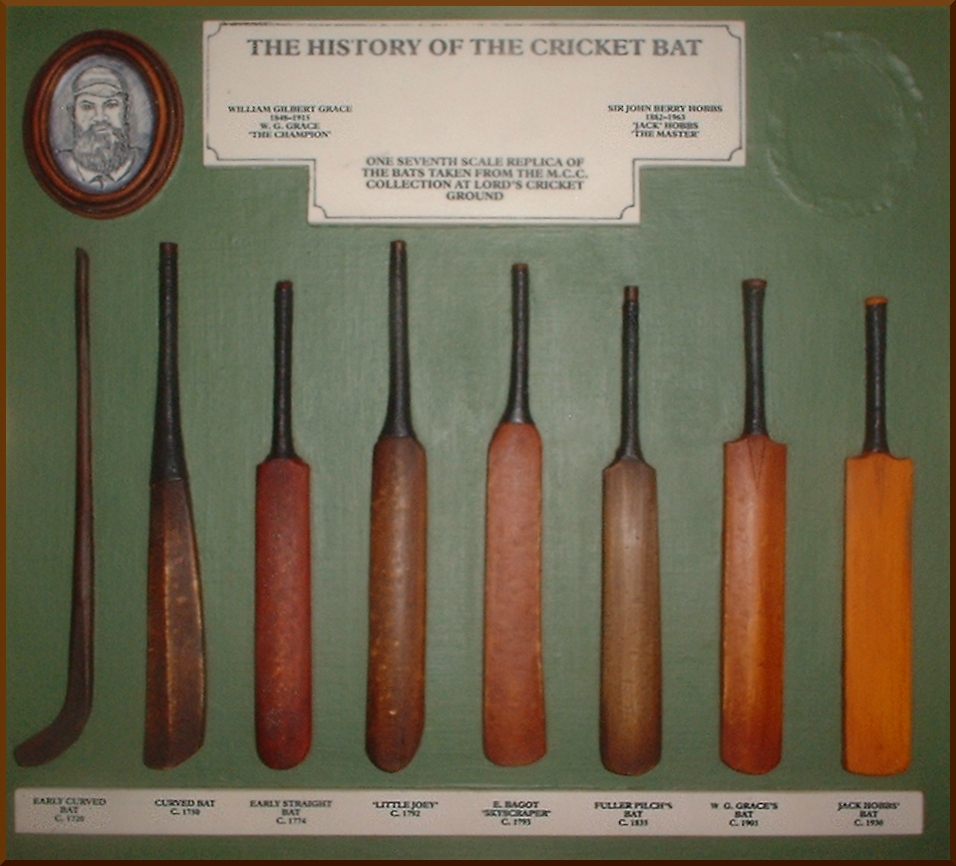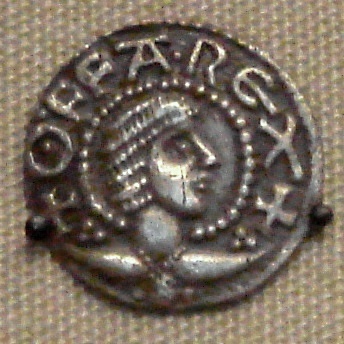|
Newton Regis
Newton Regis is a village and Civil parishes in England, civil parish in the North Warwickshire district of Warwickshire, England.OS Explorer Map 232 : Nuneaton & Tamworth: (1:25,000) : It has a population of 599 at the United Kingdom 2011 Census, 2011 Census. History The history of Newton Regis begins in the reign of Henry II of England, Henry II (1154–89). Before that it was a part of the now smaller village or hamlet (place), hamlet of Seckington. Newton Regis is not specifically mentioned in the Domesday Book, but it has been suggested that 2½ Hide (unit), hides were held in 1086 in Seckington that correspond to present Newton Regis. The church was once a chapel to the earlier church at Seckington, which does occur in the Domesday Book. In 1159 Newton appears in records for the first time, when land is recorded as granted to Geoffrey Savage. There have been many landowners down the ages, and the Manorialism, manor was held at times by several people at once. In the 18th ... [...More Info...] [...Related Items...] OR: [Wikipedia] [Google] [Baidu] |
North Warwickshire
North Warwickshire is a local government district with borough status in Warwickshire, England. The borough includes the two towns of Atherstone (where the council is based) and Coleshill, and the large villages of Hartshill, Kingsbury, Mancetter, Polesworth and Water Orton along with smaller villages and surrounding rural areas. The area historically had a large coal mining industry, but the last coal mine in the area, Daw Mill at Arley, closed in 2013. The borough's landscape is primarily of the mildly undulating agricultural variety, with the North Warwickshire plateau rising to 177 m (581 ft) above sea-level at Bentley Common, 2.5 miles southwest of Atherstone. The most significant bodies of water within North Warwickshire are Kingsbury Water Park, Shustoke Reservoir, the River Blythe and the mid-section of the Coventry Canal. The neighbouring districts are Nuneaton and Bedworth, Coventry, Solihull, Birmingham, Lichfield, Tamworth, North West Lei ... [...More Info...] [...Related Items...] OR: [Wikipedia] [Google] [Baidu] |
Leper Window
A hagioscope () or squint is an architectural term denoting a small splayed opening or tunnel at seated eye-level, through an internal masonry dividing wall of a church in an oblique direction (south-east or north-east), giving worshippers a view of the altar and therefore of the elevation of the host. Where worshippers were separated from the high altar not by a solid wall of masonry but by a transparent parclose screen, a hagioscope was not required as a good view of the high altar was available to all within the sectioned-off area concerned. Where a squint was made in an external wall so that lepers and other non-desirables could see the service without coming into contact with the rest of the populace, they are termed leper windows or lychnoscopes. Function Where the congregation of a church is united in the nave there is no use for a hagioscope. However, when parts of the congregation separated themselves for purposes of social distinction, by use of walls or other screens ... [...More Info...] [...Related Items...] OR: [Wikipedia] [Google] [Baidu] |
Derby
Derby ( ) is a City status in the United Kingdom, city and Unitary authorities of England, unitary authority area on the River Derwent, Derbyshire, River Derwent in Derbyshire, England. Derbyshire is named after Derby, which was its original county town. As a unitary authority, Derby is administratively independent from Derbyshire County Council. The population of Derby is (). The Romans established the town of Derventio Coritanorum, Derventio, which was later captured by the Anglo-Saxons and then by the Vikings who made one of the Five Boroughs of the Danelaw. Initially a market town, Derby grew rapidly in the industrial era and was home to Lombe's Mill, an early British factory and it contains the southern part of the Derwent Valley Mills World Heritage Site. With the arrival of the railways in the 19th century, Derby became a centre of the Rail transport in Great Britain, British rail industry. Despite having a Derby Cathedral, cathedral since 1927, Derby did not gain City ... [...More Info...] [...Related Items...] OR: [Wikipedia] [Google] [Baidu] |
Stafford
Stafford () is a market town and the county town of Staffordshire, England. It is located about south of Stoke-on-Trent, north of Wolverhampton, and northwest of Birmingham. The town had a population of 71,673 at the 2021–2022 United Kingdom censuses, 2021 census, and is the main settlement within the larger Borough of Stafford, which had a population of 136,837 in 2021. Stafford has Anglo-Saxons, Anglo-Saxon roots, being founded in 913, when Æthelflæd, List of monarchs of Mercia, Lady of the Mercians founded a defensive burh, it became the county town of Staffordshire soon after. Stafford became an important market town in the Middle Ages, and later grew into an important industrial town due to the proliferation of shoemaking, engineering and electrical industries. History Ancient Prehistoric finds suggest scattered settlements in the area, whilst south-west of the town lies an British Iron Age, Iron Age hill fort at Berry Ring. There is also evidence of Roman Brit ... [...More Info...] [...Related Items...] OR: [Wikipedia] [Google] [Baidu] |
Public House
A pub (short for public house) is in several countries a drinking establishment licensed to serve alcoholic drinks for consumption Licensing laws of the United Kingdom#On-licence, on the premises. The term first appeared in England in the late 17th century, to differentiate private houses from those open to the public as alehouses, taverns and inns. Today, there is no strict definition, but the Campaign for Real Ale (CAMRA) states a pub has four characteristics: # is open to the public without membership or residency # serves draught beer or cider without requiring food be consumed # has at least one indoor area not laid out for meals # allows drinks to be bought at a bar (i.e., not only table service) The history of pubs can be traced to taverns in Roman Britain, and through Anglo-Saxon alehouses, but it was not until the early 19th century that pubs, as they are today, first began to appear. The model also became popular in countries and regions of British influence, whe ... [...More Info...] [...Related Items...] OR: [Wikipedia] [Google] [Baidu] |
Parish Church
A parish church (or parochial church) in Christianity is the Church (building), church which acts as the religious centre of a parish. In many parts of the world, especially in rural areas, the parish church may play a significant role in community activities, often allowing its premises to be used for non-religious community events. The Church architecture, church building reflects this status, and there is considerable variety in the size and style of parish churches. Many villages in Europe have churches that date back to the Middle Ages, but all periods of architecture are represented. Catholic Church Each diocese (administrative unit, headed by a bishop) is divided into parishes. Normally, a parish consists of all Catholics living within its geographically defined area. Within a diocese, there can also be overlapping parishes for Catholics belonging to a particular rite, language, nationality, or community. Each parish has its own central church called the parish church, ... [...More Info...] [...Related Items...] OR: [Wikipedia] [Google] [Baidu] |
Cricket
Cricket is a Bat-and-ball games, bat-and-ball game played between two Sports team, teams of eleven players on a cricket field, field, at the centre of which is a cricket pitch, pitch with a wicket at each end, each comprising two Bail (cricket), bails (small sticks) balanced on three stump (cricket), stumps. Two players from the Batting (cricket), batting team, the striker and nonstriker, stand in front of either wicket holding Cricket bat, bats, while one player from the Fielding (cricket), fielding team, the bowler, Bowling (cricket), bowls the Cricket ball, ball toward the striker's wicket from the opposite end of the pitch. The striker's goal is to hit the bowled ball with the bat and then switch places with the nonstriker, with the batting team scoring one Run (cricket), run for each of these swaps. Runs are also scored when the ball reaches the Boundary (cricket), boundary of the field or when the ball is bowled Illegal delivery (cricket), illegally. The fielding tea ... [...More Info...] [...Related Items...] OR: [Wikipedia] [Google] [Baidu] |
Austrey, Warwickshire
Austrey is a village and civil parish in the North Warwickshire District of Warwickshire, England.OS Explorer Map 232 : Nuneaton & Tamworth: (1:25 000) : Location With a population of over 1,500 inhabitants, Austrey lies in a central location at the far northeastern extremity of North Warwickshire and is also uniquely close to three County Boundaries of Leicestershire (less than a mile to the East), Staffordshire (less than two miles to the North) and Derbyshire (less than four miles to the North East). North Warwickshire Villages of Newton Regis (1 mile), Polesworth (3 miles), Dordon (4 miles), Warton (1.5 miles), No Man's Heath (1.5 miles) and Leicestershire villages of Appleby Parva (1.5 miles), Appleby Magna (2 miles), Twycross (2.5 miles), Norton-juxta-Twycross (1.5 miles), Orton on the Hill (1.5 miles) are the local neighbouring villages. Austrey is two miles by road from Junction 11 of the M42 motorway/ A42 and this Motorway corridor provides access to many transpor ... [...More Info...] [...Related Items...] OR: [Wikipedia] [Google] [Baidu] |
Association Football
Association football, more commonly known as football or soccer, is a team sport played between two teams of 11 Football player, players who almost exclusively use their feet to propel a Ball (association football), ball around a rectangular field called a Football pitch, pitch. The objective of the game is to Scoring in association football, score more goals than the opposing team by moving the ball beyond the goal line into a rectangular-framed Goal (sport), goal defended by the opposing team. Traditionally, the game has been played over two 45-minute halves, for a total match time of 90 minutes. With an estimated 250 million players active in over 200 countries and territories, it is the world's most popular sport. Association football is played in accordance with the Laws of the Game (association football), Laws of the Game, a set of rules that has been in effect since 1863 and maintained by the International Football Association Board, IFAB since 1886. The game is pla ... [...More Info...] [...Related Items...] OR: [Wikipedia] [Google] [Baidu] |
Tamworth, Staffordshire
Tamworth (, ) is a market town and Borough status in the United Kingdom, borough in Staffordshire, England, north-east of Birmingham. The town borders North Warwickshire to the east and south, Lichfield District, Lichfield to the north, south-west and west. The town takes its name from the River Tame, West Midlands, River Tame, which flows through it. The population of Tamworth borough () was . The wider urban area had a population of 81,964. Tamworth was the principal centre of royal power of the Anglo-Saxons, Anglo-Saxon Mercia, Kingdom of Mercia during the 8th and 9th centuries. It hosts a simple but elevated Tamworth Castle, 12th century castle, a well-preserved medieval church (the Church of St Editha, Tamworth, Church of St Editha) and a Moat House. Tamworth was Historic counties of England, historically divided between Warwickshire and Staffordshire until 1889, when the town was placed entirely in Staffordshire. The town's industries include logistics, engineering, clot ... [...More Info...] [...Related Items...] OR: [Wikipedia] [Google] [Baidu] |
Nursery (room)
A nursery is a bedroom within a house or other dwelling set aside for an infant or toddler. Historically, European nurseries had little decorations and were away from visitors' sight. An article in the 1842 British ''Cyclopedia of Domestic Medicine and Surgery'' instructed the readers to never use a shaded room for a nursery and stressed the importance of ventilation. The author, Thomas Andrew, also suggested using two rooms for the nursery to move between them during the cleaning. He neither encourages nor warns against adding colourful objects into the nursery, simply mentioning that they catch children's attention. Starting from 1870s, authors such as Mary Eliza Haweis started advocating for a more interactive approach: they stressed the importance of visual stimulation for children's development. As a result, colourful patterned wallpapers appeared on the market. The author of a 1900 article on nursery décor was concerned with the idea that spartan conditions with litt ... [...More Info...] [...Related Items...] OR: [Wikipedia] [Google] [Baidu] |
Primary School
A primary school (in Ireland, India, the United Kingdom, Australia, New Zealand, Trinidad and Tobago, Jamaica, South Africa, and Singapore), elementary school, or grade school (in North America and the Philippines) is a school for primary education of children who are 4 to 10 years of age (and in many cases, 11 years of age). Primary schooling follows preschool and precedes secondary schooling. The International Standard Classification of Education considers primary education as a single phase where programmes are typically designed to provide fundamental skills in reading, writing, and mathematics and to establish a solid foundation for learning. This is International Standard Classification of Education#Level 1, ISCED Level 1: Primary education or first stage of basic education.Annex III in the I ... [...More Info...] [...Related Items...] OR: [Wikipedia] [Google] [Baidu] |








